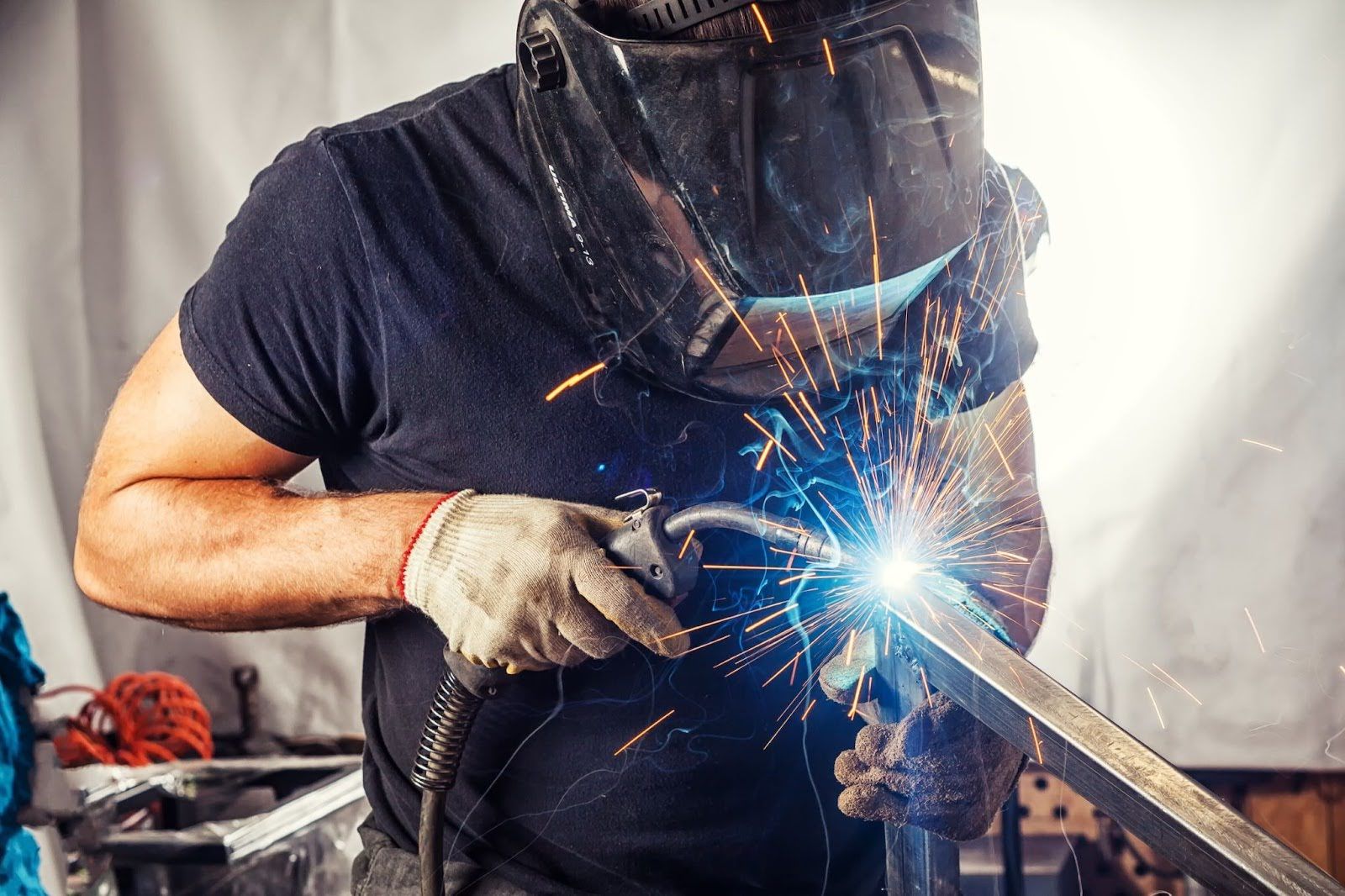Preventing Weld Undercut: Proven Methods Every Welder Should Know
Preventing Weld Undercut: Proven Methods Every Welder Should Know
Blog Article
Recognizing the Causes and Solutions for Undercut Welding in Steel Manufacture Procedures
In the world of steel manufacture procedures, the event of undercut welding postures a substantial obstacle that requires a detailed understanding of its reasons and practical options. The complex interaction of different elements during welding operations can lead to this unwanted sensation, affecting the structural integrity and overall top quality of the bonded joints - Preventing weld undercut. By exploring the root causes of undercut welding and exploring reliable restorative steps, fabricators can elevate the criterion of their craftsmanship and guarantee the production of remarkable steel components
Usual Reasons of Undercut Welding
Often overlooked in steel construction, undercut welding occurs as a result of different factors that require precise attention and expertise to be properly alleviated. One common reason of undercut welding is excessive warmth input. When the warm input is too high, it can cause the melting and subsequent disintegration of the base material along the sides of the weld joint, developing a groove or undercut. In addition, incorrect welding strategies, such as utilizing the incorrect welding angle or travel rate, can also add to undercut development. Inadequate protecting gas coverage is one more vital element that can cause undercutting. Not enough gas coverage stops working to shield the weld pool appropriately, resulting in oxidation and undercut issues. Furthermore, the option of welding criteria, such as voltage, current, and cable feed rate, plays a significant function in the event of undercut welding. Understanding these typical reasons is critical for executing precautionary actions and ensuring premium welds in steel manufacture procedures.
Influence of Incorrect Welding Parameters
Imprecise welding parameters can substantially endanger the integrity and quality of bonded joints in steel fabrication processes. The influence of wrong welding parameters materializes in various ways, leading to structural weak points and issues in the bonded components. Precise interest to welding criteria is critical to make sure the manufacturing of high-quality welds with the wanted mechanical properties and architectural integrity.
Effect of Improper Torch Angle
Incorrect torch angle in welding operations can substantially influence the top quality and honesty of the last weld joints in steel construction processes. The lantern angle plays a vital function in determining the heat input and circulation throughout welding. When the lantern angle is inaccurate, problems such as undercutting can occur. Undercutting is a common welding defect where a groove creates along the weld toe, weakening the joint and endangering its architectural stability.
A torch angle that is too high can bring about inadequate penetration, incomplete blend, and boosted spatter. On the other hand, a torch angle that is also shallow can result in too much infiltration, burn-through, and distortion of the base material. Preventing weld undercut. Correct torch angle is vital for ensuring regular weld high quality, strength, and look
To stop undercutting and various other flaws brought on by inappropriate torch angles, welders must be educated to maintain the proper torch angle throughout the welding procedure. Routine surveillance and modification of torch angles during welding can aid accomplish audio welds with very little issues.
Function of Inadequate Welding Techniques

Another aspect of inadequate welding techniques is inappropriate weld prep work. Insufficient cleaning of the base metals, incorrect joint design, or not enough side prep work can all add to undercut welding. Insufficient shielding gas coverage or making use of the wrong type of gas can result in insufficient combination and the formation of undercut issues.
To resolve the function of inadequate welding strategies in metal fabrication procedures, it is vital to offer comprehensive training for welders. Correct education on click to read welding parameters, joint prep work, and shielding gas option can assist prevent undercut welding and make certain premium welds in metal manufacture projects.
Reliable Solutions for Undercut Welding
Dealing with undercut welding in steel construction requires carrying out effective remedies to improve weld top quality and structural honesty. One of the key services to battle undercut is to change welding criteria such as voltage, present, and take a trip speed to make sure proper warmth input and fusion. By fine-tuning these settings, welders can protect against extreme melting of the base steel and filler product, decreasing the chance of undercut formation.
Furthermore, correct joint preparation is vital in preventing undercut. Making sure tidy base metal surface areas cost-free of contaminants and utilizing the ideal bevel angle can help promote much better weld infiltration and lower the risk of undercut - Preventing weld undercut. Utilizing appropriate welding strategies, such as oscillating the torch or weaving, can likewise assist in dispersing warmth evenly and filling the weld joint effectively, decreasing the possibility of undercut defects
Additionally, choosing the right welding consumables, consisting of electrodes and filler steels, is essential in mitigating undercut. Utilizing materials with suitable chemical structures and mechanical buildings can add to attaining audio welds with marginal undercut. Normal examination and top quality control actions need to additionally be implemented to detect and address undercut issues immediately, making sure the general integrity of fabricated steel parts.

Verdict
In conclusion, comprehending the causes and services for undercut welding in metal construction procedures is critical for accomplishing top notch welds. By dealing with typical causes such as wrong welding criteria, incorrect lantern angle, and inadequate welding techniques, welders can stop undercutting and guarantee linked here strong, long lasting welds. It is important to take notice of these variables and implement reliable remedies to boost the general welding process and end product quality.
Report this page